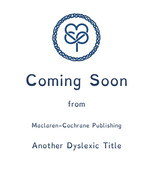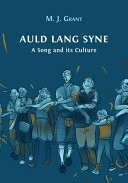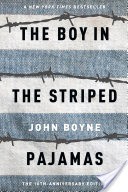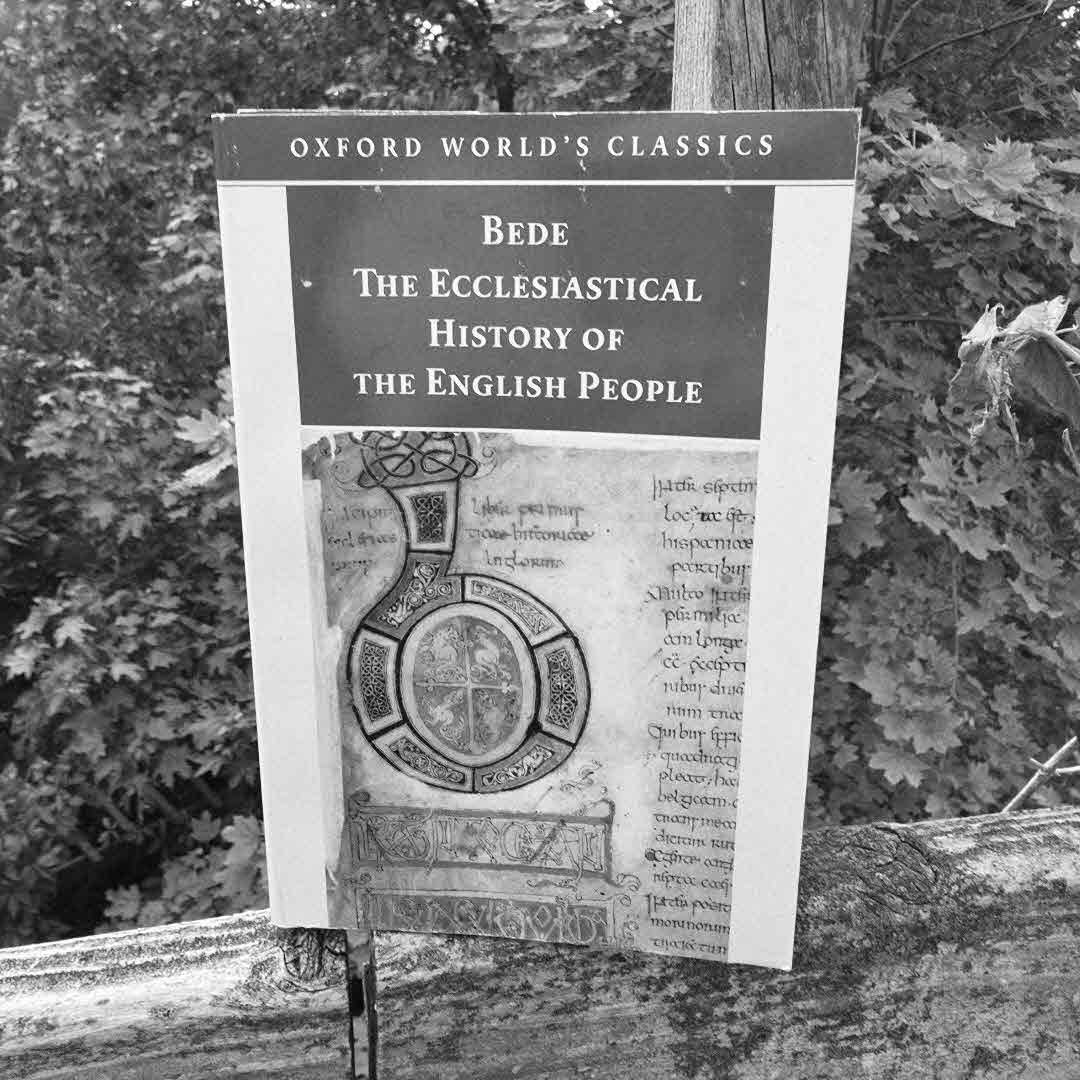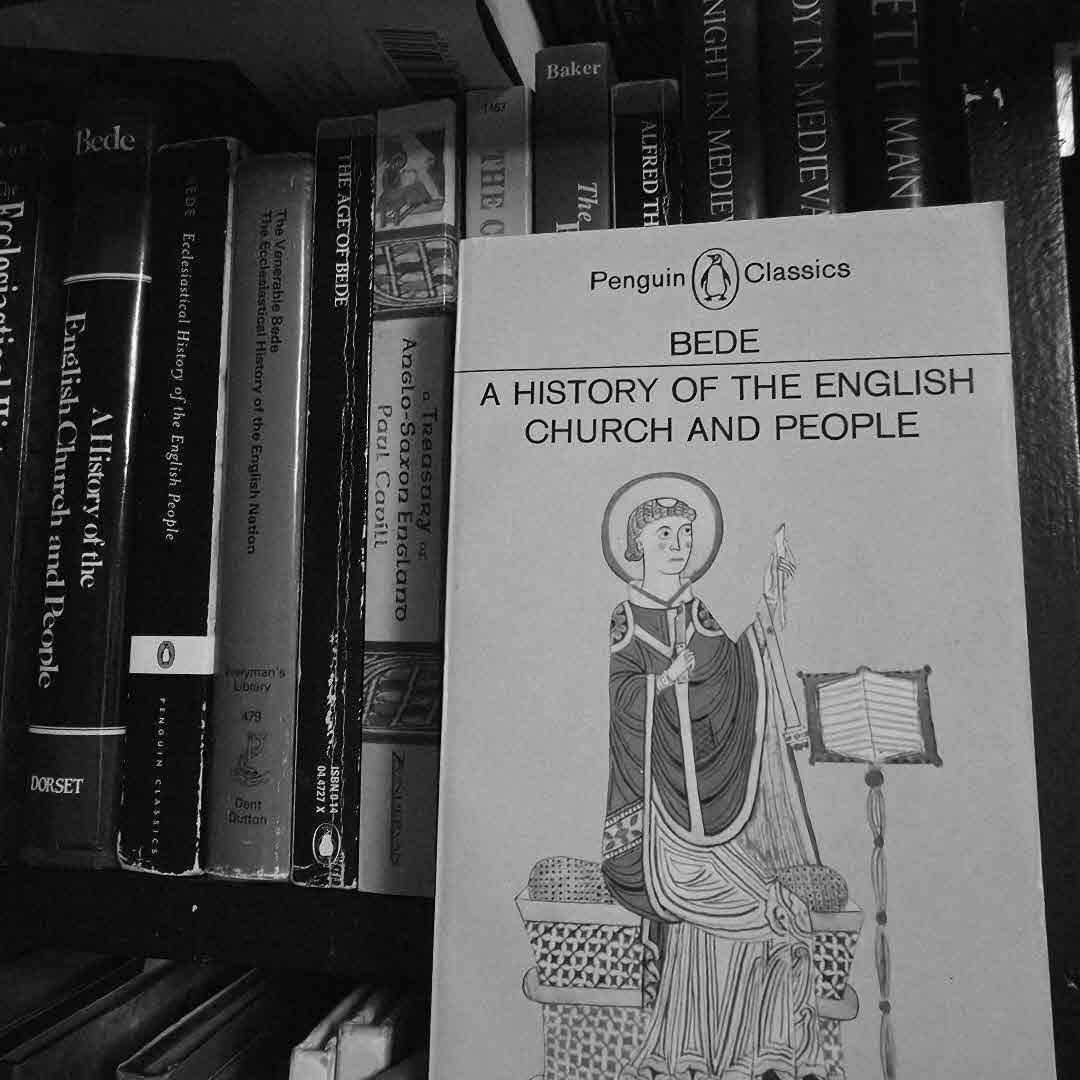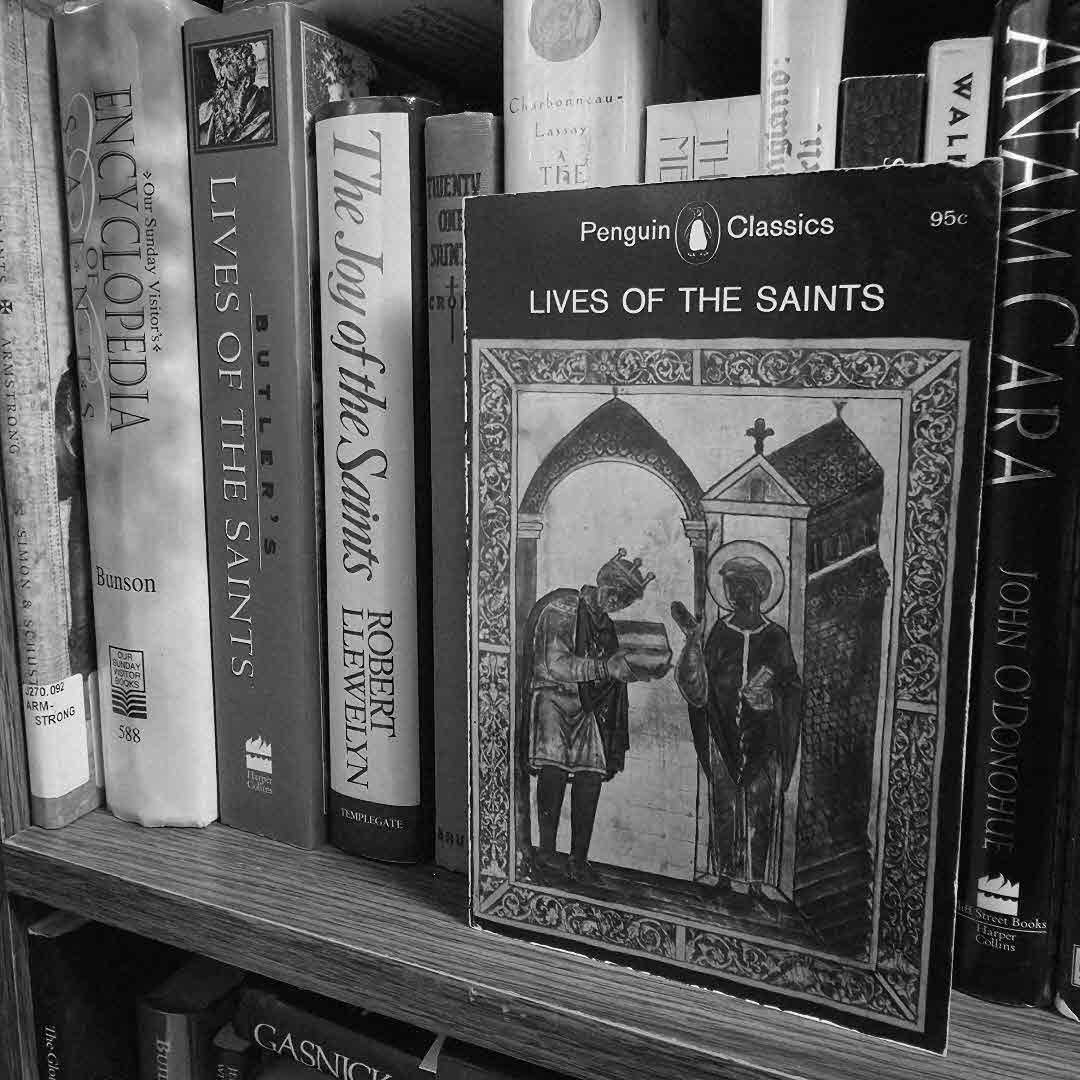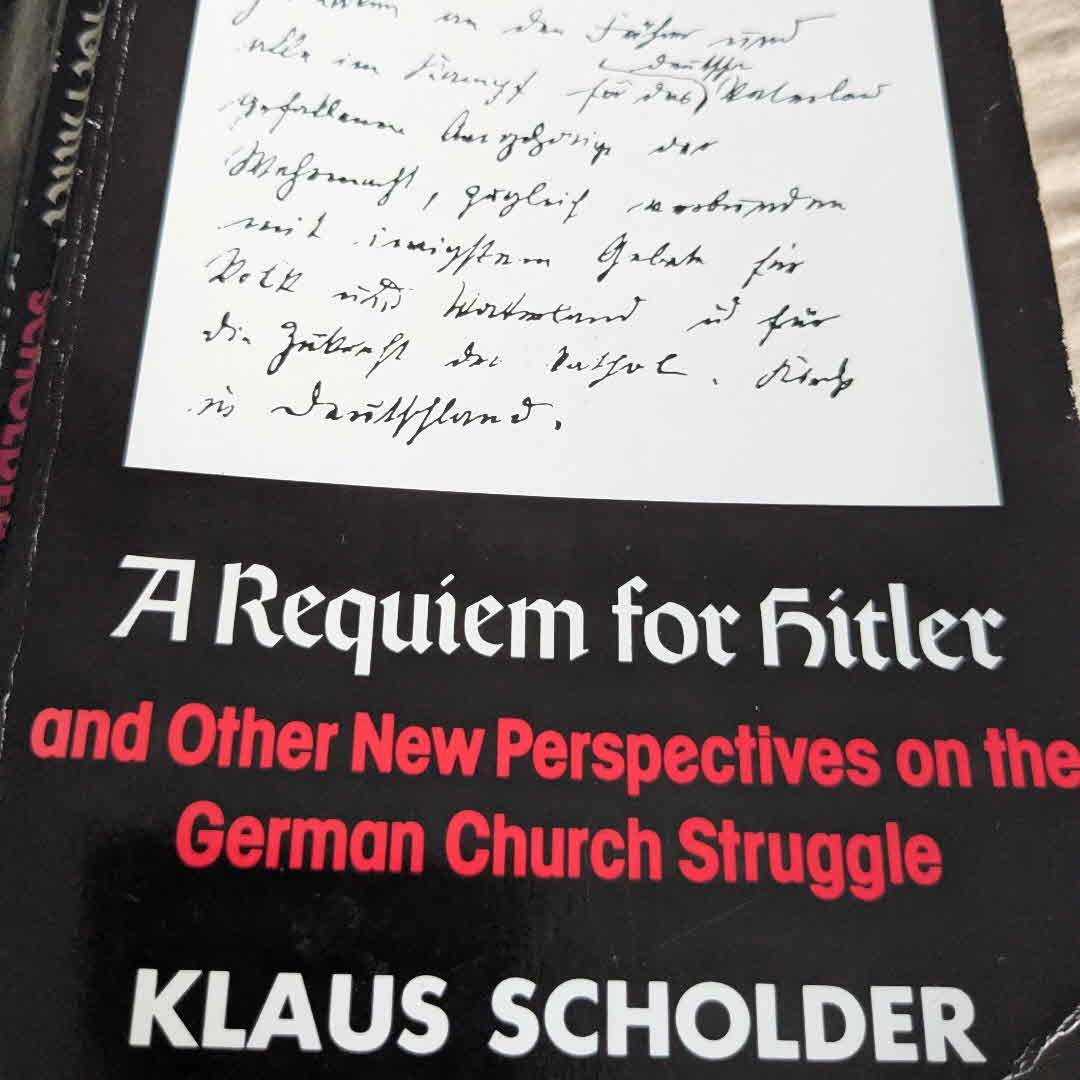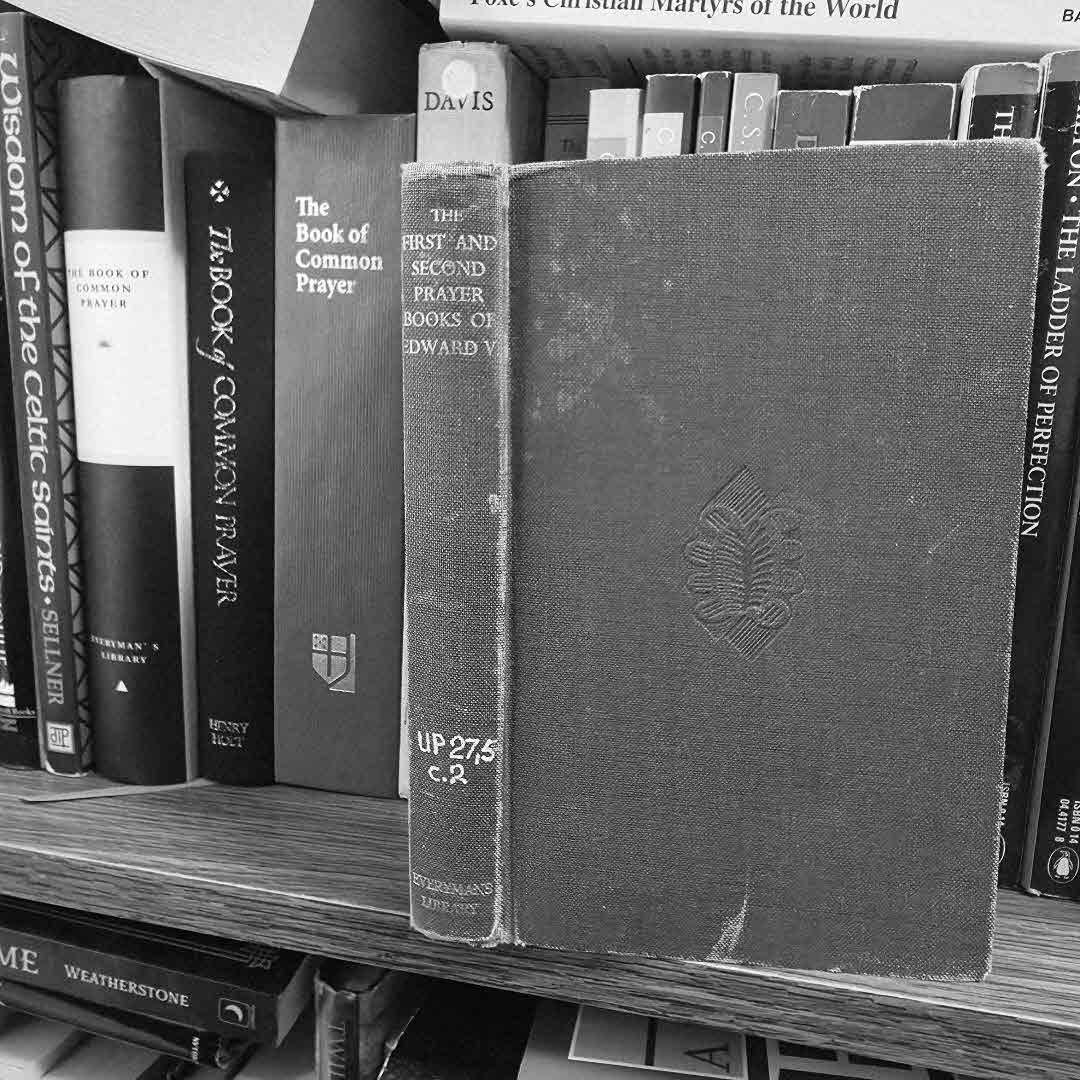
I love connecting history to today. Pope Leo XIV traveled to Nicaea this week to celebrate the anniversary of the Council of Nicaea. While there, he reminded his audience to beware of a new Arianism in today‘s society that rejects the divinity of Christ. #nicaea #councilofnicaea #jesuschrist #arianism #catholicism #churchhistory #popeleoxiv #worldhistory






